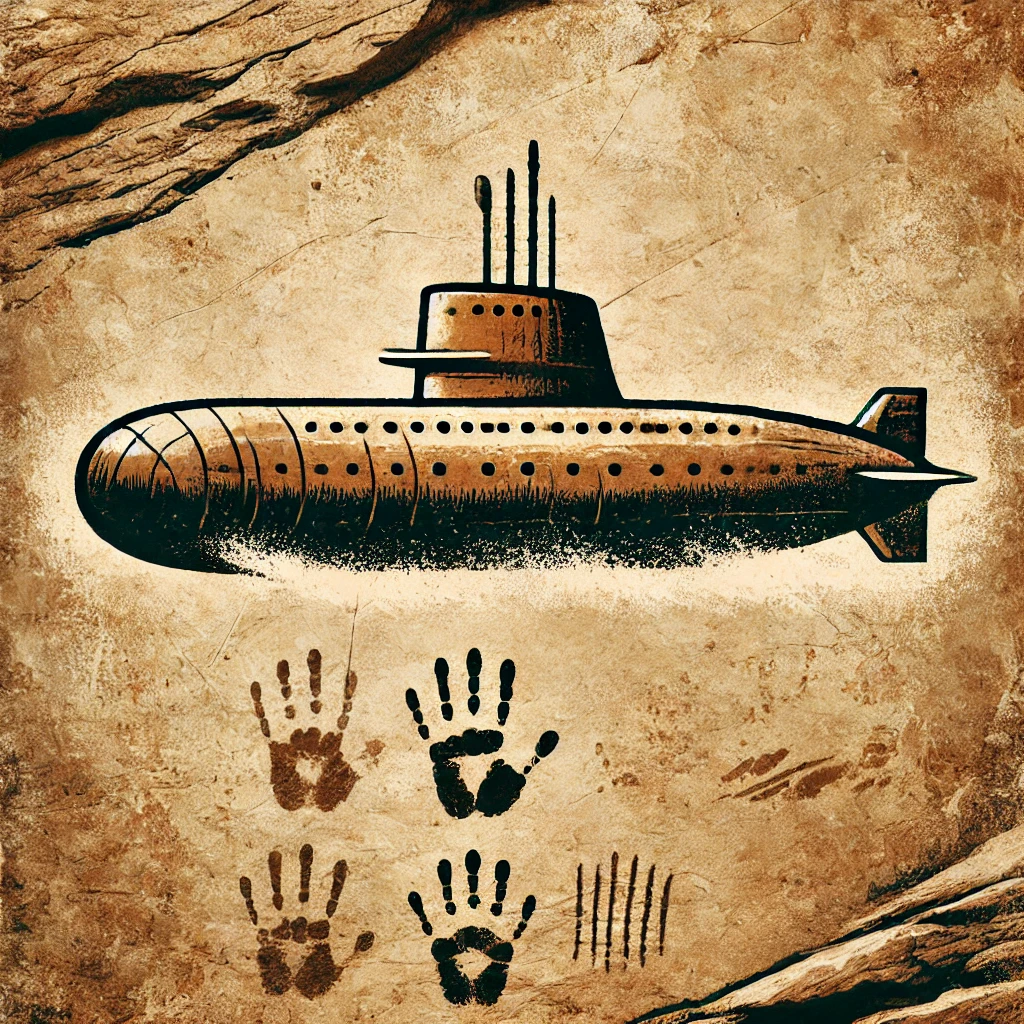Drone Simulators: the best way to learn to fly safely
Imagine being able to practice with a drone without the fear of crashing it, spending money on repairs, or worrying about flight permits. That’s exactly what drone simulators make possible. More and more aspiring pilots are turning to virtual trainers before flying real drones. This isn’t about playing video games—it’s a serious, realistic, and highly effective way to learn without risk. Whether you’re just starting out or wondering if simulators are worth your time, this guide will explain everything you need to make an informed decision.
Virtual flight as a training method
Simulated drone training is one of the safest and most effective ways to start learning to fly. These digital programs are designed to realistically replicate how a real drone behaves in different environments. Thanks to this technology, anyone can practice from home using a computer and a compatible controller—progressing from the basics to advanced maneuvers. The best part? Mistakes have no real-world consequences. If you crash, you simply restart. This allows for endless repetition of each flight scenario, accelerating learning and improving muscle memory. Since no large physical space or good weather is required, you can train every day without leaving your desk.
Virtual flight doesn’t replace real-world flying, but it complements it brilliantly. For beginners, starting with a simulator is like learning to drive in a closed track before heading onto public roads. The environment changes—but the skills do not. Hand-eye coordination, spatial awareness, and control inputs are identical. The more time you spend in a simulator, the more natural and confident you’ll feel when flying an actual drone. This transition is especially valuable for precision flights—such as indoor operations or complex trajectory tracking. Being able to experiment freely and safely also helps build confidence, an essential factor for flying responsibly.
Drone piloting simulation software
Several simulators are designed specifically for drone pilots, aiming to deliver an experience as realistic as possible. Two of the most popular are Liftoff and Uncrashed. Both use advanced graphics engines and realistic flight models to accurately mirror how drones move and react in the real world. These programs support real drone controllers, especially FPV transmitters, adding a crucial layer of realism. You can also choose from various environments—racing tracks, indoor circuits, or natural landscapes—and even customize your drone’s specs: weight, motor power, and control responsiveness. This depth makes simulators valuable not only for beginners but also for experienced pilots practicing advanced maneuvers safely.
Simulators don’t just minimize crash risks—they develop technical skills that would otherwise be difficult or expensive to train in real life. For example, learning to stabilize the drone or rotate it precisely in confined spaces are skills that later prove vital for professional work. Since you can repeat exercises indefinitely without cost, the learning process becomes both deeper and more efficient. Mistakes turn into valuable lessons: when a maneuver fails, you can analyze what went wrong and try again immediately. This instant feedback encourages steady, mindful improvement. Over time, you’ll realize that flying isn’t just about moving sticks—it’s about understanding how your drone responds to every decision, something the simulator helps you master from day one.
Why simulate before real flight? Advantages of simulation
The greatest advantage of drone simulation is the ability to prepare for real-world flying without physical or legal risks. This is especially important in countries with strict regulations, where outdoor drone use requires licenses or certifications. With a simulator, none of that matters. You can practice anytime, anywhere—regardless of weather or available space. This freedom means you can train more often, for longer, and under varied conditions. When you finally take control of a real drone, you’ll already have hundreds of virtual flights behind you—making your first real session smoother, safer, and far more enjoyable.
A major cause of drone accidents is lack of practice. While many modern models include automated takeoff or altitude-hold systems, safe and precise flying still requires skill. Knowing how to react when you lose orientation, slow down in tight spaces, or land accurately doesn’t happen overnight—it takes time and repetition. Simulators allow you to refine all these abilities without pressure, risk, or unexpected costs. The more you practice virtually, the better prepared you’ll be for real situations. Safety isn’t just technical—it’s about responsibility, and that begins with proper training.
Before flying a real drone, every pilot must master a few key fundamentals. You need strong spatial awareness, a solid grasp of how drones behave when rotating on different axes, and an understanding of how distance, altitude, and wind affect control. Anticipating mistakes—and knowing how to correct them—is equally important. These aren’t things you learn from a manual; they come from experience. And that experience can begin in a simulator. By the time you move to real-world flying, you’ll have a solid foundation, greater confidence, and better judgment.
In short, simulators train both your hands and your mind.
Now that you know the real value of drone simulators, you’re ready to take the next smart step. In upcoming guides, we’ll cover how to choose the simulator that best fits your goals and what equipment you need to start practicing from home. Whether you aim to make deliveries, compete in races, or simply fly for fun—your journey begins safely and efficiently right here.




